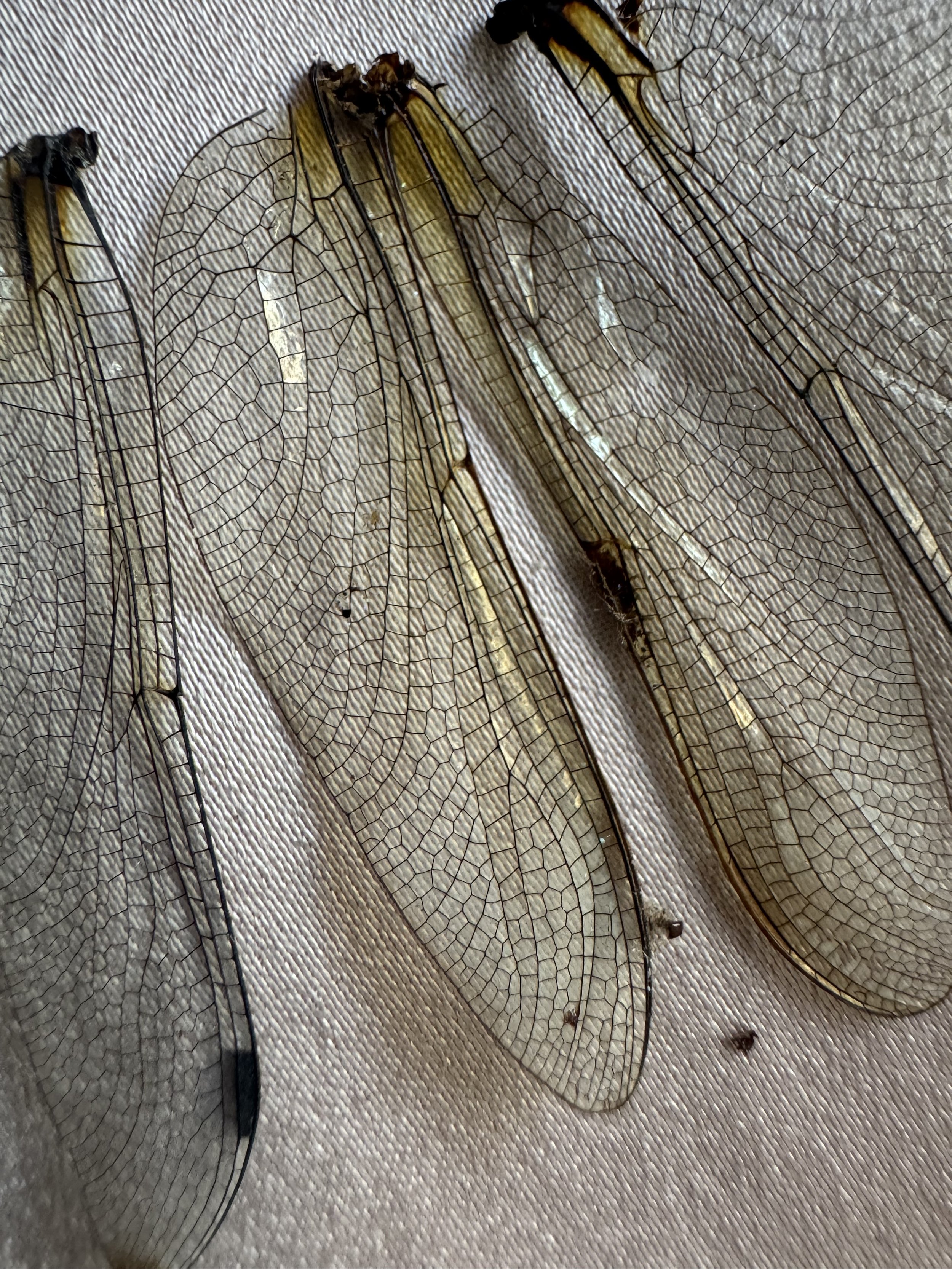mal·dì·re
v.intr. e tr., sec. XIII; comp. di male e dire, cfr. lat. maledicere
To curse. Old Italian for speaking ill of.
Maldire was founded not to dress the body, but to accompany it. Created for the hours that unfold without applause, for the discipline of repetition, for the private vocabulary of movement. It was never intended as ornament. Its purpose is to frame and to shape.To listen, to remain.
Emerging first in 2018, Maldire challenged a dancewear landscape defined by absence. Garments were plain, unmarked, silent. Expression was reserved for performance, and performance was reserved for the few. Maldire offered something else. A form of belonging that lived in rehearsal. A shared code visible only to those who needed it. A costume for those who never asked to be seen, but who remained.
Costume fabrics, theatrical textures, silhouettes altered through print rather than seam. At the beginning, there was no ambition. Only a need to hold on to something that felt otherwise unrecorded. Printing became a method of distortion. A gesture to shift perception, to borrow from stagecraft, to cheat the eye with the same delicacy as makeup. Form was manipulated without cutting. Memory was transferred through surface.
fig.01
Maldire has since evolved, but the vocabulary remains intact. Performance fabrics drawn from technical industries now form the foundation. All sourced from Italy. All chosen for their capacity to endure both movement and scrutiny. The brand works within the limits of regulation, but with a refusal to concede identity. Function is respected, never allowed to dominate. The body remains central. Its habits, its fatigue, its defiance.
Silhouettes are returned to, not out of repetition, but out of trust. Slightly altered each time. Familiarity is treated as a form of depth. Attention is cumulative. Lines are refined, not replaced. Some garments are built to vanish. Others are made to hold. But none are made to impress.
Maldire draws its atmosphere from tension. The rigour of classical training and the mercilessness of nature. The memory of velvet theatres and the exactitude of nightlife. Tailoring and instinct. Architecture and drift. It is from this friction that meaning emerges. Not decoration. Not concept. Use, shaped over time.
fig.01
There are no seasons. No collections in the traditional sense. The work is released in drops. Each one an extension of the last. A thought carried forward. A line repeated with variation. The Rehearsal Line is essential. Other pieces carry more complexity. Together, they form a conversation. Nothing is made in isolation.
Maldire has become a chamber. A structure in which fragments are kept. A ribbon found in a drawer. The worn spine of a practice manual. A dance floor at four in the morning. A print glimpsed and never forgotten. Fabrics chosen not to impress, but to remember. The garments do not explain these things. They simply carry them.
This is not fashion in the conventional sense. It is not costume either. It is a habit. A shared language. A uniform for those who move without spectacle. Who return to the same space, again and again, in pursuit of something felt but unnamed.
fig.01












